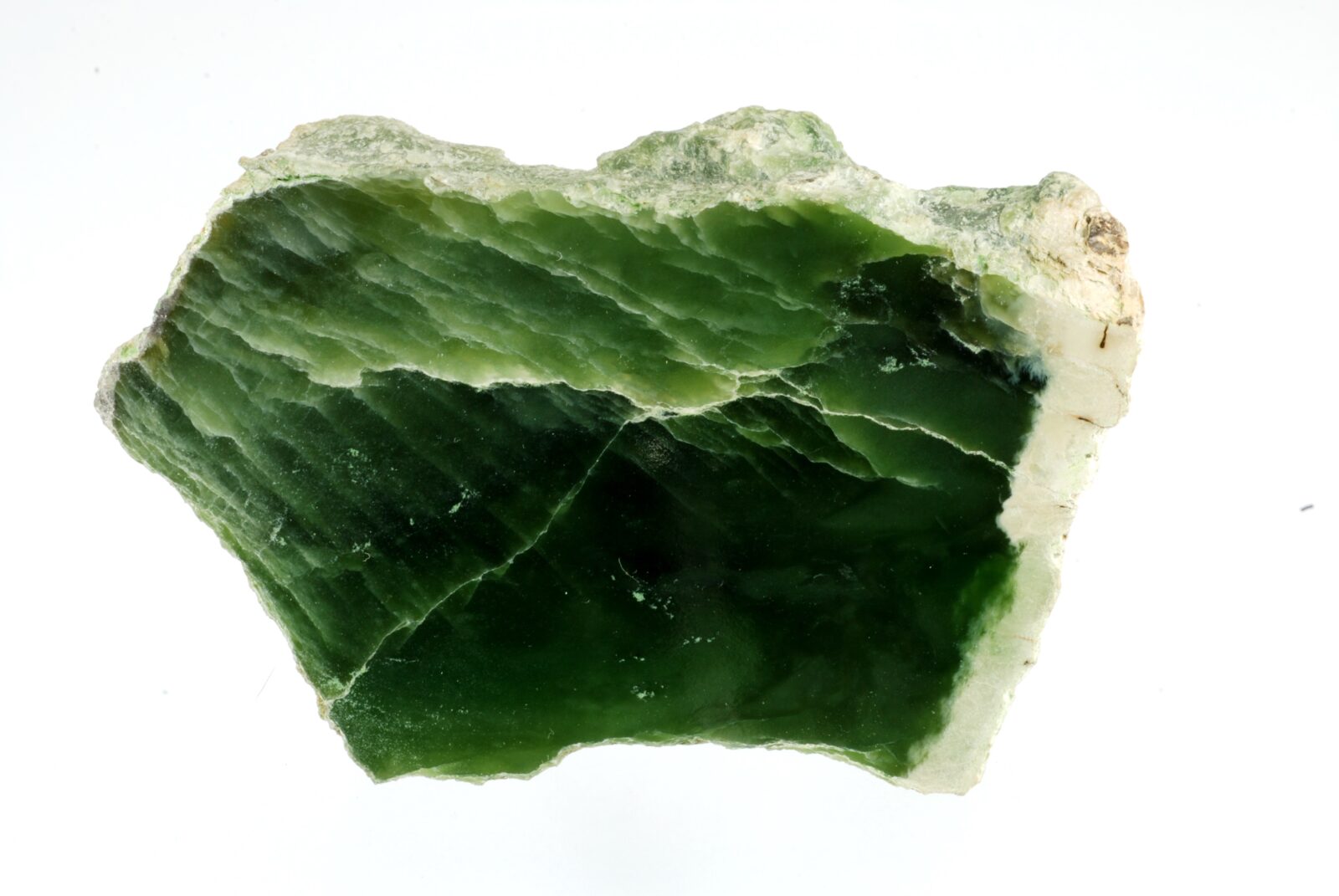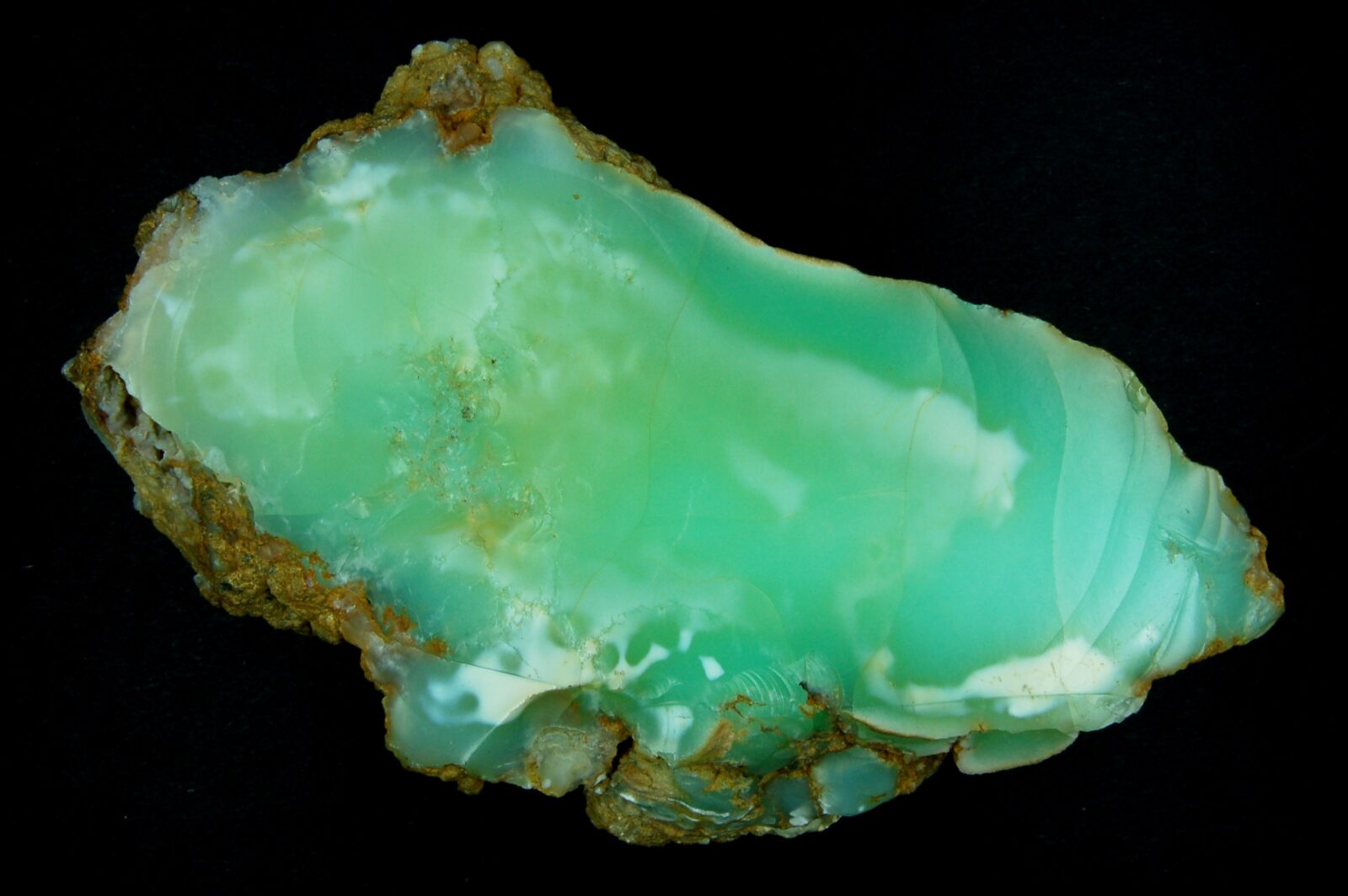Minerals and rocks have accompanied humanity from the very beginning. Humans have been using stone tools and admiring the minerals’ beauty for more than two million years. During the Stone Age, the primary raw material for making tools was flint; however other tools were made of, for example, nephrite. During the Age of Metals, people learned to identify, search for and smelt tin, copper and iron ores. In Lower Silesia, many intriguing and important places where minerals occur owe their discovery to the development of mining and metallurgy, which date back to the 13th century. During the lecture on ‘Skarby Dolnego Śląska – gdzie poszukiwać minerałów?’ (Treasures of Lower Silesia — where to look for minerals?) dr Stanisław Madej will transport the listeners to the most exciting and well-known places where beautiful and valued mineral specimens come from. These treasures adorn museum exhibitions and collections of mineral prospectors. The geological structure and its history will be discussed. There will also be talks on the genesis of the minerals in question.
Translated by Gabriela Zimkowska (student of English Studies at the University of Wrocław) as part of the translation practice.







